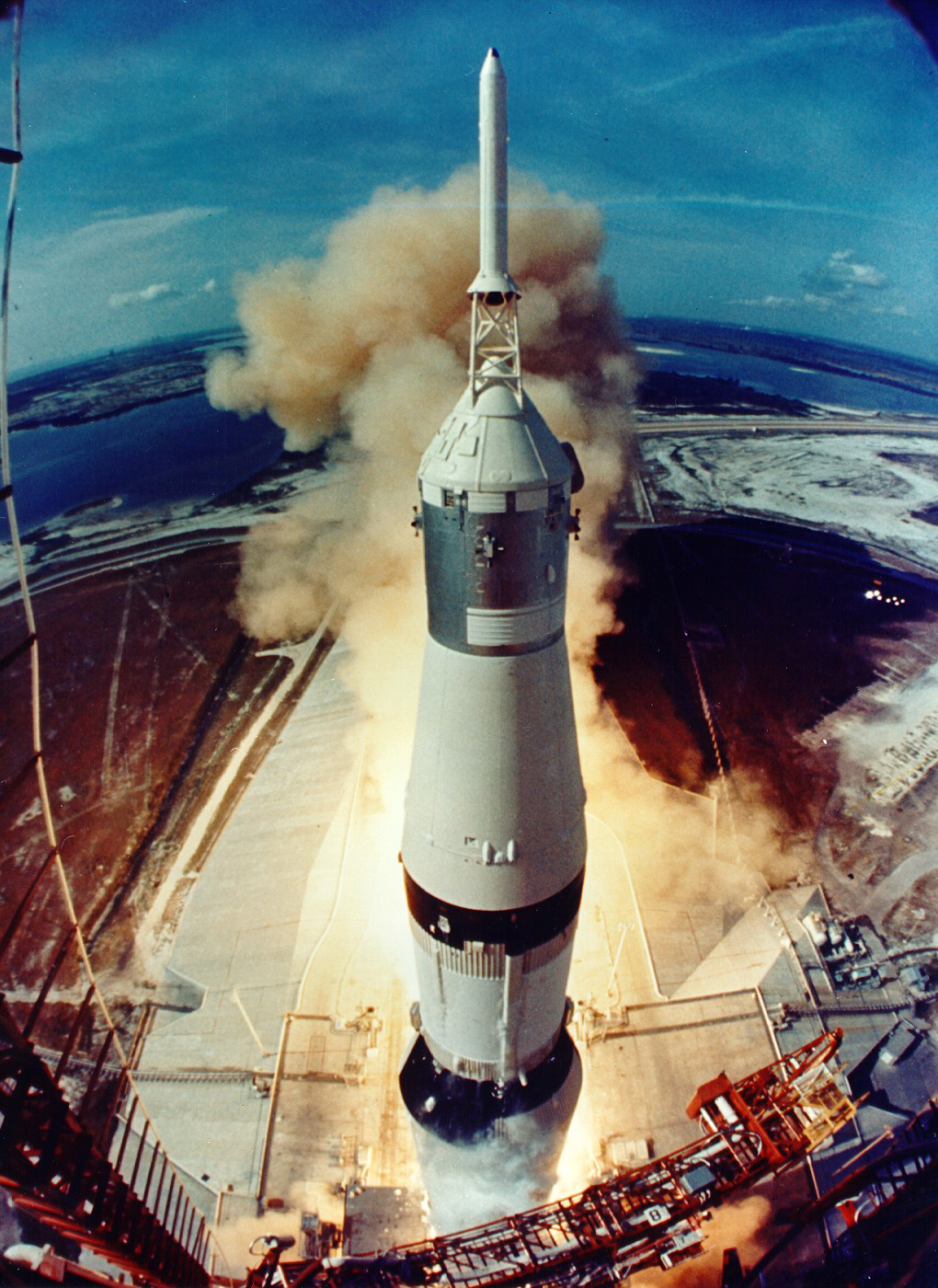On May 25, 1961, six weeks after the Soviet Union took a commanding lead in the space race by sending Yuri Gagarin into Earth orbit, John F. Kennedy went before Congress in a nationally televised address and asked his country to "commit itself to achieving the goal, before this decade is out, of landing a man on the moon." Three months later, the fledgling National Aeronautics and Space Agency issued its first major contract under the new lunar program. It went to the MIT Instrumentation Lab, which was charged with designing a navigation and guidance system for all the Apollo spacecraft.
The decision was a contentious one. Ordinarily, companies angling for the contract would have had the chance to submit competing proposals. But as a nonprofit, the Instrumentation Lab was prohibited from bidding against industrial rivals. By hiring MIT to build the navigation system, NASA was declaring that no one else was in its league. "I had a lot of justifying to do," recalls Bob Chilton '48, SM '49, who headed the Flight Dynamics Branch at NASA's Space Task Group. "All the industrial people fussed and fussed and fussed."
MIT 's champions at NASA had a strong case. The Instrumentation Lab's director, Charles Stark Draper '26, SM '28, ScD '38, was a pioneer in the use of gyroscopes and accelerometers to navigate aircraft. In 1953, one of Draper's systems had piloted an airplane that took off from Hanscom Field, outside Boston, to within nine miles of an airstrip in Los Angeles.
In the mid-1950s, the lab had won contracts from the U.S. military for work on the navigation systems of several ballistic missiles, including the Polaris, which had to find its way to a fixed target from a submarine at an arbitrary location. To avoid jamming by enemy radios, the missile's guidance system had to be completely self-contained--no external direction possible. The system performed brilliantly when it was tested in 1960, enhancing the lab's reputation in Washington.
Also working in the Instrumentation Lab's favor was a project it had initiated soon after the launch of Sputnik in 1957, using the modest funding for speculative research included in the military contracts. Several of the lab's most brilliant thinkers began designing an unmanned mission to Mars, calculating trajectories for interplanetary travel and drawing up specifications for a general-purpose navigation computer. In four years, the Mars project had grown to include researchers at NASA's Langley Research Center, and much of the work could easily be adapted to a lunar mission. The lab's hold on the Apollo contract would remain secure because--as Aaron Cohen, NASA's manager of the Apollo command and service module, recalls--"we didn't think anyone else could do the job."
The contract with NASA called for the lab to develop a navigation, control, and guidance system that would be carried by both the Apollo command module and the lunar lander. (The command module entered lunar orbit and returned the astronauts to Earth; the lander detached from the orbiting command module and carried the astronauts to the moon's surface.) In both cases, navigation meant determining the craft's current position, guidance meant keeping the craft on its trajectory through space and plotting any course corrections, and control meant maintaining the right velocity and "attitude"--ensuring that the command module's nose was pointing in the right direction, or that the lander's feet were square with the lunar surface.
Via : TR


0 comments:
Posting Komentar